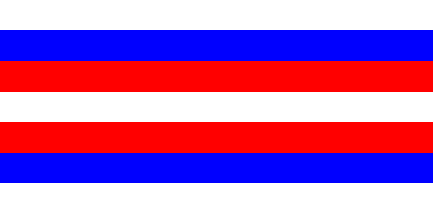

The colors were adopted during the French Revolution, with blue and red representing the colors of the city of Paris, while white symbolized the Bourbon monarchy. Red symbolizes valor and bravery, white represents purity and innocence, and blue signifies vigilance, perseverance, and justice.Īnother example is the flag of France, which features three vertical stripes of blue, white, and red. The red and white stripes on the flag represent the original thirteen colonies that declared their independence from Britain, while the blue field with stars represents the current 50 states.

One well-known example of a flag that uses these colors is the flag of the United States. Blue is often associated with loyalty, justice, and strength. In general, red is associated with bravery, courage, and sacrifice, while white represents purity, peace, and innocence. The colors red, white, and blue are commonly used in flags around the world and have different meanings depending on the context and cultural significance. Today, nearly every country in the world has its own unique flag, which serves as a powerful symbol of national pride and unity. Over time, flags became a symbol of national identity and were used to represent countries on the world stage. The practice of having a national flag dates back to ancient times, where flags were used as military standards or banners to identify troops in battle. The symbols on a flag can also hold significant meaning, such as stars representing the number of states in a country, or the use of a particular animal or plant to represent the country’s unique wildlife. The colors and symbols on a flag hold significant meaning, and are carefully chosen to reflect the country’s history and values.įor example, the color red on a flag often represents bravery, while blue is often associated with loyalty and justice.

They represent a country’s history, culture, and values, and are often displayed at important events and ceremonies. Flags are an important symbol of national identity and pride.


 0 kommentar(er)
0 kommentar(er)
